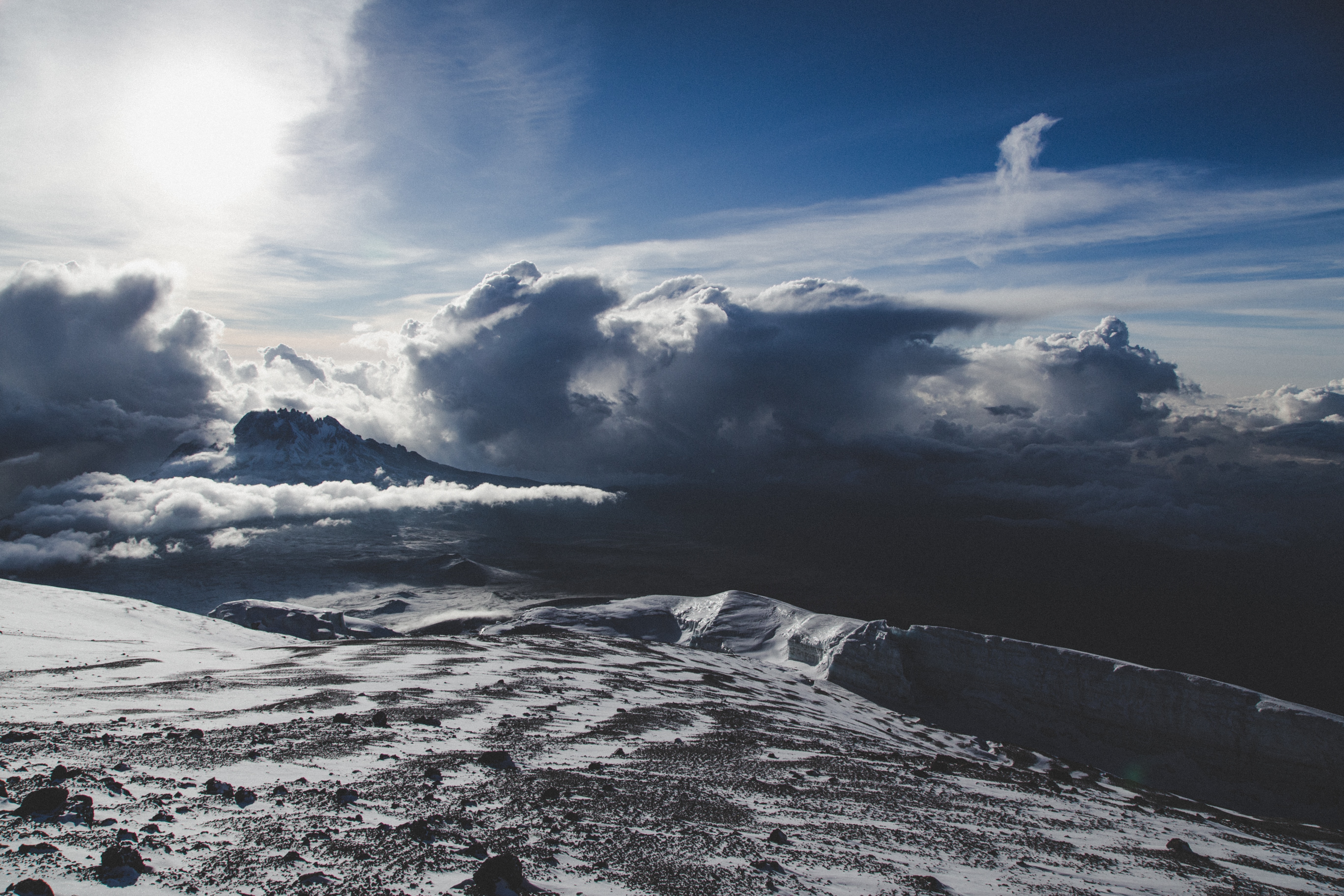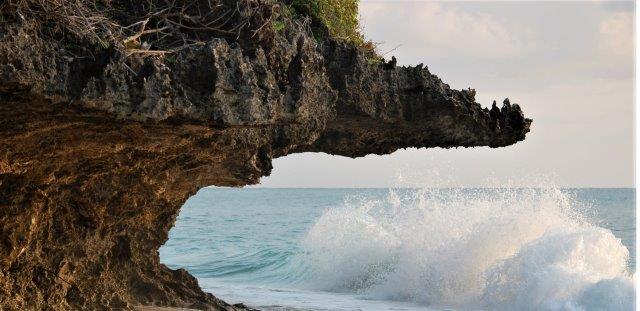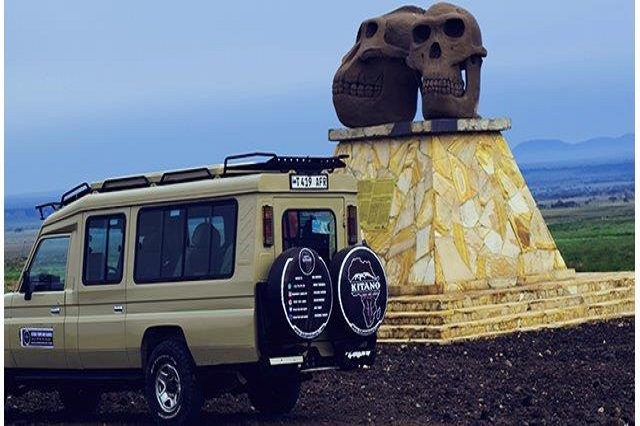How Many Miles or Kilometers Is It To Climb Mount Kilimanjaro
From the gate to the peak of Kilimanjaro it is 37km or 23miles. The number of miles to hike Mount Kilimanjaro varies according to the route you pick. Umbwe is the shortest route, but also the steepest. It measures 23 miles (37 kilometers). The longest route is the Northern Circuit, coming in at 56 miles (90 kilometers).
Mount Kilimanjaro Africa’s tallest mountain, measuring 19,341 feet (5,895 meters), it’s also a UNESCO World Heritage Site. Unusually, it’s not part of a wider mountain range, making this the largest free-standing mountain in the world. To find out more about this iconic location, read our 10 Fast Facts about Mount Kilimanjaro.
The number of miles to hike Mount Kilimanjaro varies according to the route you pick. Umbwe is the shortest route, but also the steepest. It measures 23 miles (37 kilometers). The longest route is the Northern Circuit, coming in at 56 miles (90 kilometers). In between, you have Shira 42 miles (67 kilometers), Marangu and Rongai, each 40 miles (64 kilometers), Lemosho at 35 miles (56 kilometers) and Machame at 30 miles (49 kilometers). But remember, it’s not just about length: the gradient and altitude gain are also significant factors which impact the difficulty of the hike.
How Long Is It To Climb Mount Kilimanjaro
It takes between five and tens days to hike Mount Kilimanjaro depending on the route and the pace of the itinerary. A few brave record breakers have occasionally done it in just one day! Treks vary in length as well as duration. As a rule of thumb, the more gradual ascents are the slowest. It allows time for climbers to adjust to the changing altitude as they gain height. The longer treks also tend to have a higher summit success rate. The Marangu route is considered an easier ascent and takes between five and eight days. In comparison, those opting for the Lemosho trail should allow six to eight days. The Northern Circuit is not only the newest route, but also the longest. Traversing the quieter northern slopes of Mount Kilimanjaro, you should allow at least nine days to climb using this trail. The Machame route takes 6 days, and takes you through five diverse climatic zones. If you are interested in hiking Mount Kilimanjaro, read why you should join The Explorer’s Passage on the trek.
Highest of Mount Kilimanjaro is approximately 16,732 feet (5,100 meters). Climbers tackle a wide range of landscapes as they progress to higher parts of the mountain. On the way to the summit, they navigate lush forests, alpine moorland, scree slopes and rock faces. The goal is the snow-capped Uhuru peak above, a reminder that the temperature steadily decreases with every step towards the top.
for an ordinary person with average fitness level it takes five to nine days to reach the summit of Mount Kilimanjaro. At the same time, remember that the more days you spend on Kilimanjaro the more safe and comfortable your hiking experiences will be. Climbing tours with shorter Mt Kilimanjaro hike time (5/6-day adventures) are not recommended for inexperienced hikers. Climbing programs of 7/8/9-day duration via Lemosho, Machame and Rongai routes are the best choice for everyone because of the following reasons:
•Longer programs mean more time for your body to get accustomed to the abnormal altitudes of Kilimanjaro;
•Longer climbing programs feature the right profile for overnight camping - the camps are located at somewhat lower altitudes than your daily trekking routes. It is especially important for a smooth and successful acclimatization transition.
It takes at least five days to climb Mount Kilimanjaro. However, a minimum of six days, and ideally seven or eight, offers a far better chance of reaching the top. For those with longer to spare, there are several more gradual and scenic ascent routes that can be done over 10 or more days.
Kilimanjaro is an extraordinary natural icon. The world's tallest freestanding mountain, it is volcanic in origin and towers almost 5km/3mi above the hot dusty plains of northeast Tanzania. The jagged glacial peaks, which frame the gaping Kibo Crater, support a year-round cover of snow. This is despite lying only 400km/249mi south of the equator.


.jpg)






